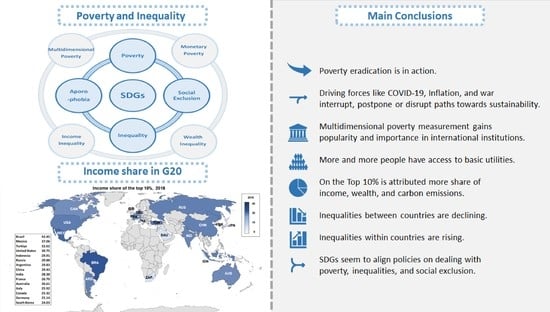Unlocking India’s Economic Enigma: Exploring the Thorny Tangle of Population Boom and Income Inequality!

Image courtesy of Pixabay via Pexels
Table of Contents
Introduction:
India, the world’s second most populous country and one of the fastest-growing economies, has made significant strides in recent years. Nonetheless, it continues to face unique economic challenges. In this blog, we will explore some of the key obstacles India encounters on its path to sustainable growth and development, and shed light on the potential solutions that can pave the way for a brighter future.
Battling Poverty and Economic Disparities
India grapples with the persistent issue of poverty and income inequality. Despite impressive economic growth, a considerable portion of the population remains mired in poverty. The wealth gap between the rich and poor widens, hindering social mobility and creating a cycle of inequality.
Various initiatives and policies have been implemented to combat poverty. Programs such as the Mahatma Gandhi National Rural Employment Guarantee Act (MGNREGA) provide job opportunities in rural areas, leading to increased income and reduced poverty levels. Additionally, the Pradhan Mantri Jan Dhan Yojana (PMJDY) aims to bring financial inclusion to millions by providing access to banking services.
However, addressing income disparities necessitates not only targeted government interventions but also a comprehensive approach focusing on education, skill development, and equal access to opportunities across regions and social strata. By empowering marginalized communities and fostering an inclusive growth model, India can bridge the income divide and uplift millions out of poverty.
Ensuring Environmental Sustainability Amidst Rapid Growth
India’s rapid economic growth has come at a cost to its environment. The nation faces pressing challenges such as air and water pollution, deforestation, and climate change impacts. Recognizing the need for a greener and more sustainable approach, India has embarked on an ambitious mission to tackle environmental degradation.
The introduction of the Pradhan Mantri Ujjwala Yojana, a program providing clean cooking fuel to rural households, has contributed to the reduction of indoor air pollution. Furthermore, the government’s push for renewable energy, through initiatives like the International Solar Alliance, has resulted in significant strides in solar power generation.
India’s commitment to the Paris Agreement and its emphasis on renewable energy and sustainable development pave the way for a greener future. By continuing to prioritize environmental sustainability, India can improve its citizens’ quality of life while mitigating the detrimental impact of rapid economic growth on the environment.
Tackling the Dual Challenge of Industrialization and Employment
India seeks to industrialize to propel its economic growth. However, achieving significant industrialization comes with the task of generating sufficient employment opportunities, particularly for its ever-expanding workforce and swelling youth population. Addressing the dual challenge of industrialization and unemployment requires a multifaceted approach.

Image courtesy of www.mdpi.com via Google Images
Key initiatives such as Make in India and Skill India have been launched to promote manufacturing and enhance skill development. By encouraging foreign direct investment and supporting entrepreneurship, India endeavors to create a conducive environment for job creation across various sectors.
Furthermore, investing in vocational training and educational reforms that equip individuals with the relevant skills and knowledge required in the job market is crucial. By nurturing a skilled workforce, India can chart a path towards sustainable industrialization while ensuring employment for millions and alleviating poverty.
Embracing Technology for Inclusive Development
India’s rapid technological advancements have positioned it as a global leader in the digital sphere. However, bridging the digital divide and ensuring inclusive development remain essential priorities.
The Digital India initiative aims to provide affordable internet access to all citizens, transforming rural and remote communities through digital connectivity. Additionally, various e-governance programs have simplified access to public services, reducing corruption and improving efficiency.
Encouraging innovation, fostering a supportive start-up ecosystem, and promoting digital literacy are pivotal in leveraging technology for inclusive development. By narrowing the digital divide and empowering all segments of society through digital inclusion, India can harness technology as a driving force for economic growth and improved living standards for all.
Conclusion:
Despite the economic challenges it faces, India’s journey towards sustainable growth is underscored by immense potential. By addressing the persistent issues of poverty, income inequality, environmental sustainability, industrialization, and technological advancement, India can pave the way for an inclusive and prosperous future.
Through targeted policies, social reforms, investment in human capital, and collaborative efforts from all stakeholders, India has the capacity to overcome these challenges and transform into a global economic powerhouse that uplifts the lives of all its citizens. With determination and strategic planning, India’s journey towards economic prosperity promises a brighter future for generations to come.
